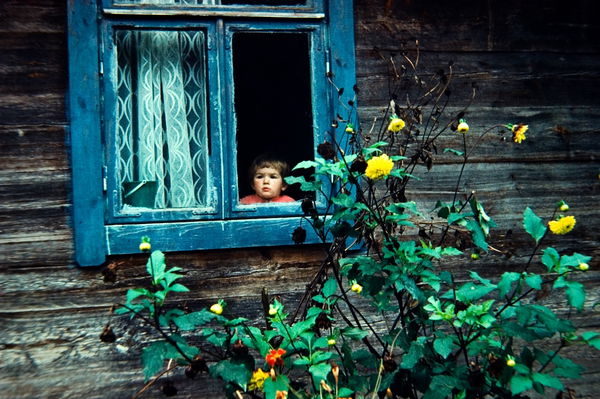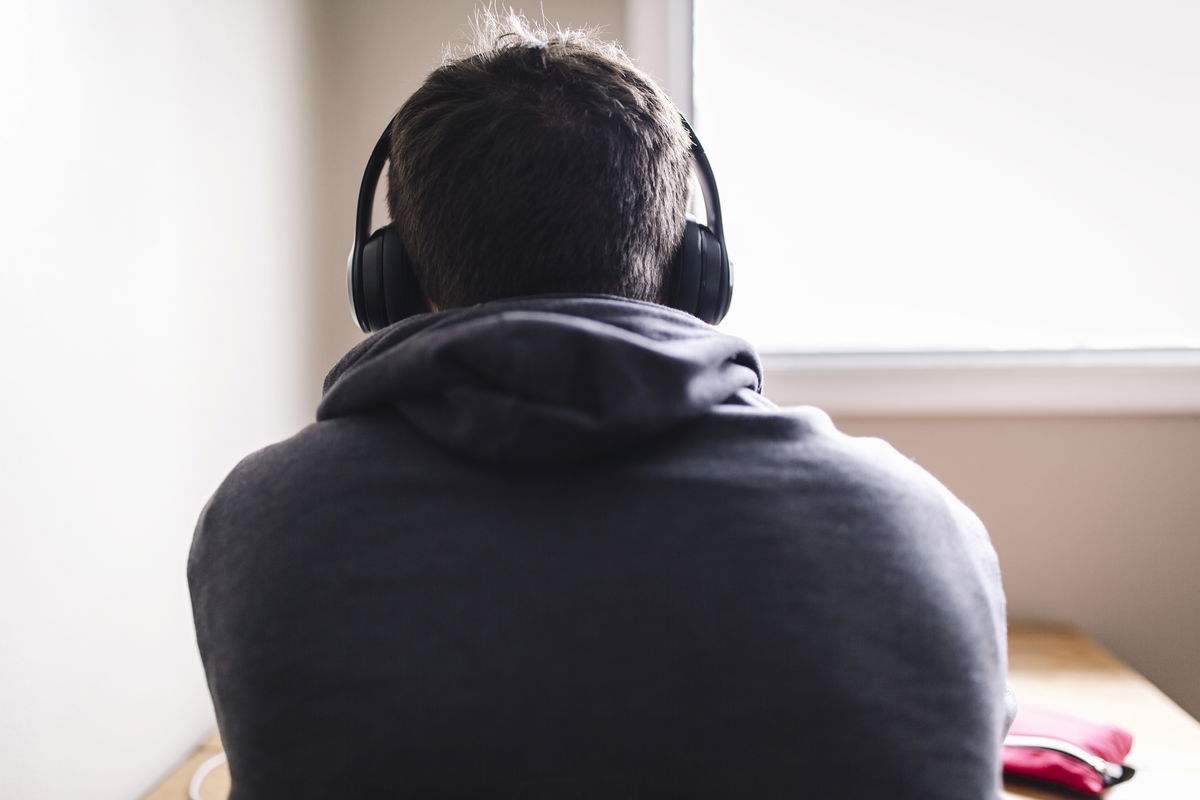Highlights
When Mike was a toddler, his parents separated. About a year later, his mom died in a car accident. His dad remarried and moved from California to Ohio. When Mike was about four, his new stepmom once tried drowning him in a toilet. Another time, she dropped him off in a crime-ridden part of town, and didn’t return for a few hours. Mike’s dad divorced that woman, but the next stepmom wasn’t any better. When Mike was 15, she kicked him out of the house for hanging up the bath towel incorrectly. He moved in with his girlfriend’s family.
In response to all the trauma, Mike says he became “addicted” to relationships. Falling in love, he said, “brought me to an enormous high at a very young age.” He continued, “There was a girl giving me a hug and saying that she loves me. I was freakin’ high as shit! Because that wasn’t part of my normal reality.”
As a teenager, he fell in love with three girls, and wanted to marry every one of them. He moved back with his dad and stepmom later in high school, but he didn’t stay for long. As he said, “My house was never a place to call home.”
His third girlfriend got pregnant, and he proposed to her. But one year into marriage, she told Mike that she was having sex with their neighbor, and she wanted a divorce. Devastated, Mike initially refused to sign the divorce papers, but eventually relented.
His next girlfriend also cheated on him. And after all that, he said, “I probably was an alcoholic there for a year or two.” As he said, he was just trying to “numb myself out.” He fell in love with a girl who also grew up with an abusive stepparent, and who also struggled with alcohol addiction. But after that relationship ended because she went back to her high-school sweetheart, Mike was ready for “the drama to end” and to give up on relationships. “I’m ready to go become a bird watcher and f***** just give up on all the stupid shit,” he said. “And do stuff that makes sense: sustainable living and cultivate a joyful community life.”
Mike’s story is similar to those of other white, working-class young people that my wife and I interviewed who have struggled with substance abuse. Most of them had experienced profound loss or instability in their families. As teenagers, they embark on an amazing search for connection through romantic relationships, or at least sex. But those relationships are fragile, and the trauma and distrust intensify. Throw into the mix low-wage, “dead-end jobs” and it’s not hard to understand why one would turn to drugs or alcohol as a way to “numb the pain.”
‘Addiction is a disease of loneliness.’
Johann Hari, a British journalist who interviewed everyone from drug addicts to psychologists to understand addiction and the War on Drugs, sums up what he learned this way: “The opposite of addiction isn’t sobriety. It’s connection.”
One of Hari’s interviewees was Bruce Alexander, a psychologist who conducted an experiment in the late 1970s known as the “Rat Park” study. Alexander became interested in a series of experiments on rats, popularized by a commercial that ran in the U.S. The commercial shows a rat in a cage licking cocaine, before he ultimately drops dead. “Only one drug is so addictive, nine of out ten laboratory rats will use it,” the narrator says. The commercial, sponsored by the Partnership for a Drug-Free America, was meant to scare people out of using drugs.
But as Hari tells it, Alexander noticed something interesting: The rats in the experiments were in empty cages. They were alone, with nothing else to do but to lick the cocaine. So in his experiment, he created two environments for laboratory rats. In the first home, the rats lived in solitary confinement (like in the commercial). But the second home, Rat Park, was rat heaven. As Hari says, “there were wheels and colored balls and the best food, and other rats to hang out with and have sex with.”
Both sets of rats had access to two drinking bottles, the first containing water and the second morphine (which has an effect on rats similar to the effect of heroin on humans). What Alexander and his colleagues found was that the rats in Rat Park consumed barely any morphine—less than five milligrams a day—whereas the rats in solitary confinement used up to 25 milligrams of cocaine. As Hari summarizes the findings, “An isolated rat will almost always become a junkie. A rat with a good life almost never will, no matter how many drugs you make available to him.”
What does it mean for humans? It means that, as one recovering drug addict told Hari, “Addiction is a disease of loneliness.”
Gabor Maté, a psychologist who gave up his work as a family doctor to work with drug addicts in Vancouver’s notorious Downtown Eastside, proposes that childhood trauma or emotional loss is the “universal template” for addiction. (Hari also interviewed Maté.) In his book, Maté points to the Adverse Childhood Experiences Study, which found that each traumatic event that happened to a child made him or her two to four times more likely to use drugs early in life.
Moreover, those who experienced five or more traumatic events were seven to 10 times more likely to struggle with substance abuse, compared to those who experienced no traumatic events in childhood. (Still, as one critic points out, the overall incidence of substance abuse among those who experience traumatic events in childhood is quite low: 16 percent of those who experienced four or more early traumatic events reported that they had ever considered themselves to be alcoholic, and only 3 percent reported that they had ever injected an illegal drug.)
A friend of mine who recently wrote about his struggle with drug addiction at the website I Believe in Love (where I serve as a contributing editor) described it to me this way:
I’ve learned that when people use drugs, there are usually underlying issues. That’s what it goes back to: there is an underlying issue when they were younger that was a big event and they’re using drugs to mask it. I’m sure there are some people that are doing drugs just to do drugs, but most of the time it’s done to mask what’s going on in your life—the pain, or whatever happened. For me, it was the death of my father.
If it’s true that, at least for many people, “Addiction is a disease of loneliness,” surely that should inform how we as a society think about treating and preventing substance abuse. Locking addicts away in jail or prison may sometimes be necessary, but it’s easy to see how excessive criminalization of addiction only exacerbates the loneliness and alienation that frequently lead up to substance abuse. As Mike said, when his stepmother took him to see a psychologist, “I just wanted [my stepmom] to look me in the eye and say, ‘I love you.’”
















